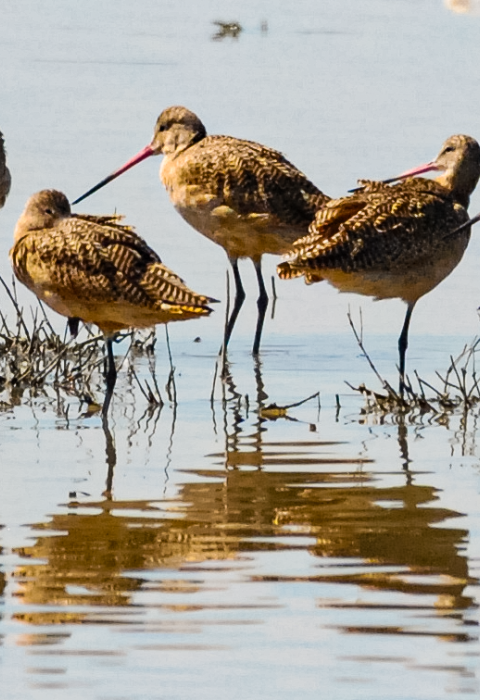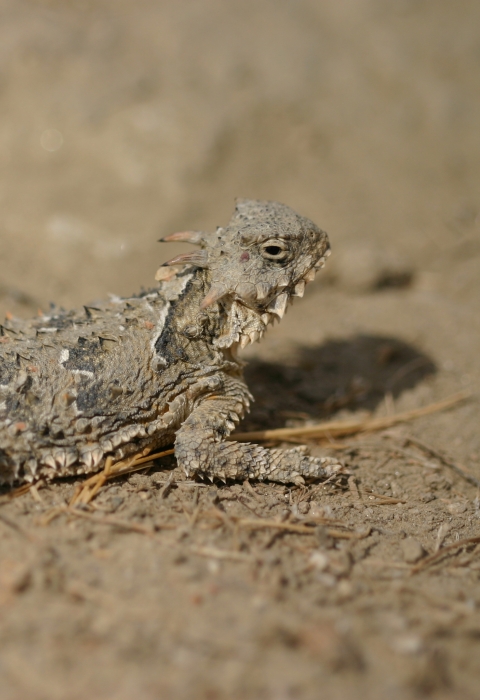Seasons of Wildlife
Spring
With the arrival of spring, migrating birds begin their journey north to their nest grounds. As the seasonal wetlands begin to drain, invertebrates become concentrated in pools where various species of shore birds take advantage of an easy meal.
Summer
With the summer temperatures well into the 90's and 100's wildlife at Pixley Refuge seek shelter to stay cool during the day. During this time of the year wildlife are more active in the early morning and evening when temperatures drop.
Fall
With the fall flood up timed perfectly with the fall migration, thousands of waterfowl and migratory birds use Pixley Refuge to rest, forage, and stage until the spring. Sandhill cranes start showing up in late September.
Winter
Thousands of waterfowl, sandhill cranes, ibis, and shorebirds use Pixley Refuge as a staging area during the winter. Sandhill crane and white-faced ibis fly off refuge at sunrise and forage on the uplands and neighboring farmland. The observation deck is a perfect place to watch them take to the sky in the morning.
Featured Species
Visitors to the Pixley National Wildlife Refuge may be surprised to see it is home to small seasonal marsh wetlands. What they may not know is that it has some of the last significant acres of Southern San Joaquin Valley grassland habitat. This habitat type provides nesting, foraging, and cover for a variety of species including threatened Tipton kangaroo rat, blunt-nosed leopard lizard, and the endangered San Joaquin kit fox. During the winter months, it is the best place in the Southern San Joaquin Valley to view sandhill cranes.


